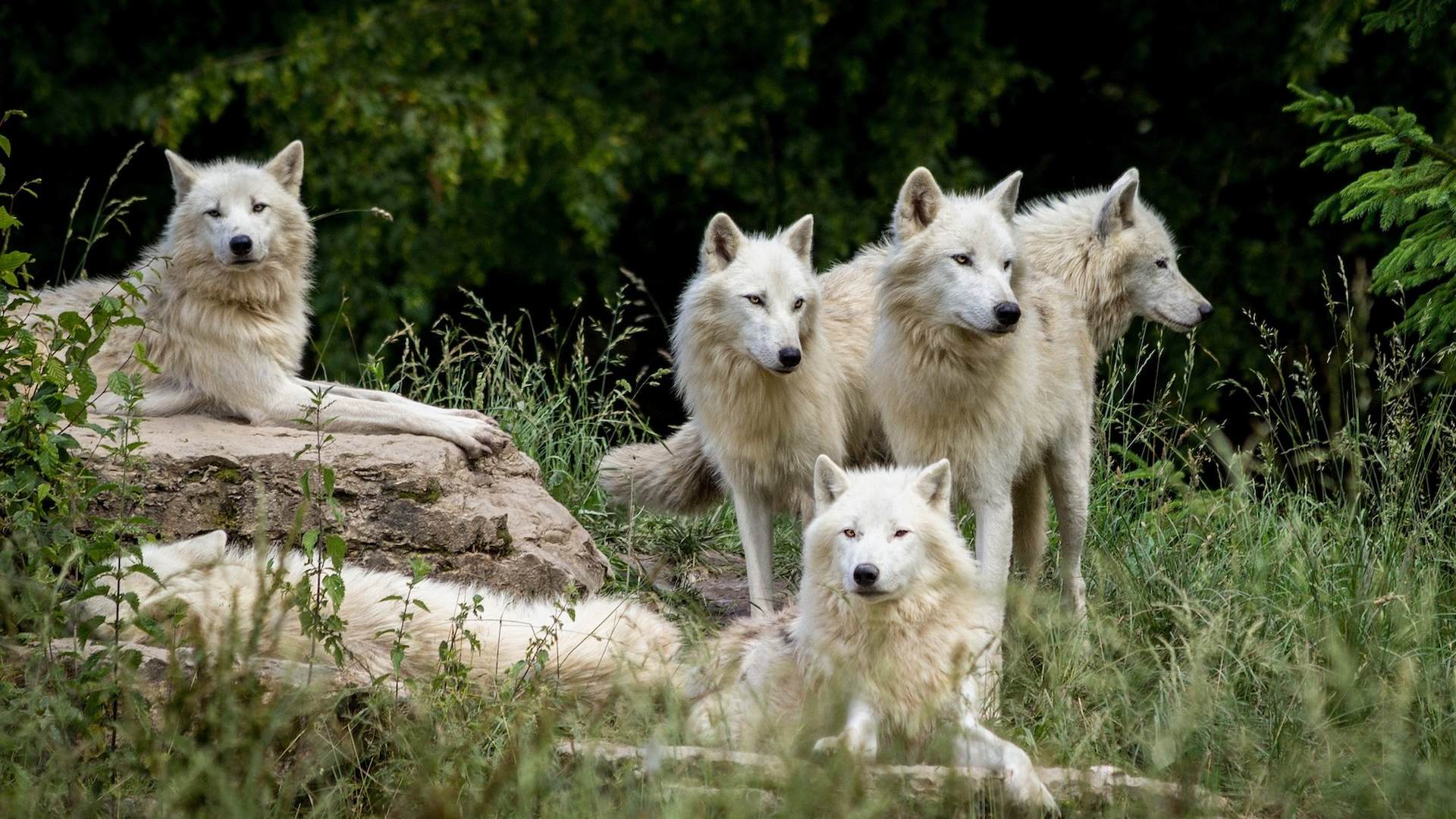Dave joined the climate change research group at CBI in 2010, to continue his work of modeling the effects of climate change on natural vegetation. He had turned to that challenge in 2001 following a long career in industry. After 5 years in the trenches as the computer guy in the U.S. Forest Service MAPSS modeling team on the Oregon State University campus, he returned to graduate school, completing a Ph.D. in Biological and Ecological Engineering in 2009. Using the static biogeography model MAPSS and the dynamic global vegetation model MC1, he has run simulations of potential vegetation and vegetation change for a number of areas, principally in the western U.S. He participated in the California Scenarios 2008 project for the California Energy Commission, in a study of Yosemite National Park for the National Park Service, and in several studies of areas in Oregon, Washington, Arizona, and New Mexico for the U.S. Forest Service. His current interests include bringing vegetation models into the Envision modeling framework developed by the BEE department at OSU.
Susan Antenen is the Conservation Biology Institute’s Sierra Nevada Project Coordinator. Susan is helping CBI coordinate its science activities in the Sierra to deliver timely and integrated information and recommendations to public lands managers.
Susan is also the Coordinator for the Southern Sierra Partnership (SSP) comprised of CBI, The Nature Conservancy, Audubon California, Sierra Business Council, and the Sequoia Riverlands Trust. The SSP works towards a vision of healthy vibrant towns surrounded by well-managed natural lands and thriving working farms and ranches.
Before joining the CBI in 2010, Susan worked for The Nature Conservancy for 19 years in a number of capacities. She started the Conservancy’s Mongolia program and grassland protected area initiative. Before that she was the Interim Director of Maui, Hawaii. In New York, she founded and directed one of the Conservancy’s first temperate coastal/estuarine ecosystem restoration programs in US. Susan is a graduate of Goddard College in Vermont.
Kai Foster is a Project Manager/GIS Analyst with professional and academic experience working with diverse communities on a broad range of environmental issues. In 2008, she joined Conservation Biology Institute focusing her attention primarily on protected areas in the United States. Before joining the CBI team, Kai spent three years working with communities in Western Alaska mapping areas of cultural and ecological significance. Her interest in the relationship between people and landscapes has brought an appreciation and understanding to her current work in protected areas.
Jerre has worked with CBI for 16 years as a conservation ecologist in endangered species research and landscape-scale conservation planning and management of natural resources in the U.S., Europe, and Mexico. She is passionate about developing and orchestrating partnerships among the academic community, government agencies, non-governmental organizations, and land managers to leverage funds and information for achieving conservation goals. Throughout her career, Jerre has researched and developed priorities for conservation and funding in California and Baja California, resulting in the acquisition and management of hundreds of thousands of acres for conservation, including the 240,000-acre Tejon Ranch in the Tehachapi Mountains, Donner Summit and Martis Valley in the Sierra Nevada (>15,000 acres), >100,000 acres in San Diego County, and Bahía de San Quintín in Baja California (>5,000 acres). She is project director for the Las Californias Binational Conservation Initiative which promotes creation of a binational park along the Peninsular Ranges of California and Baja-California. She has directed conservation planning, management, and monitoring for California’s Natural Community Conservation Planning programs in southern California, developed a regional program for coordinating management and monitoring in San Diego County, and currently works with land managers and researchers to develop management and monitoring plans for these programs. She coordinated development of the population monitoring framework for the six subspecies of Island Fox on the California Channel Islands and, through a grant from the David and Lucille Packard Foundation, developed a science-based regional planning framework for wind energy in the Tehachapi Mountains and southern Sierra Nevada. She serves as a science and education advisor for several land trusts. As a member of the board of Terra Peninsular, she is active in conservation in Baja California.
